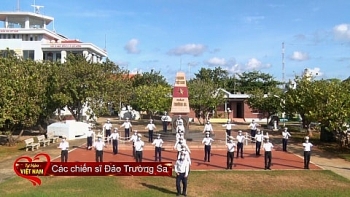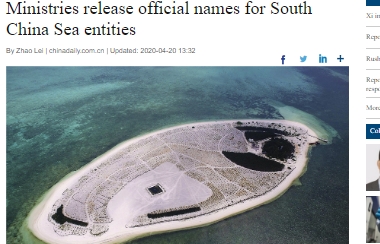Western navigators recognize Vietnam's sovereignty over Hoang Sa, Truong Sa archipelagoes
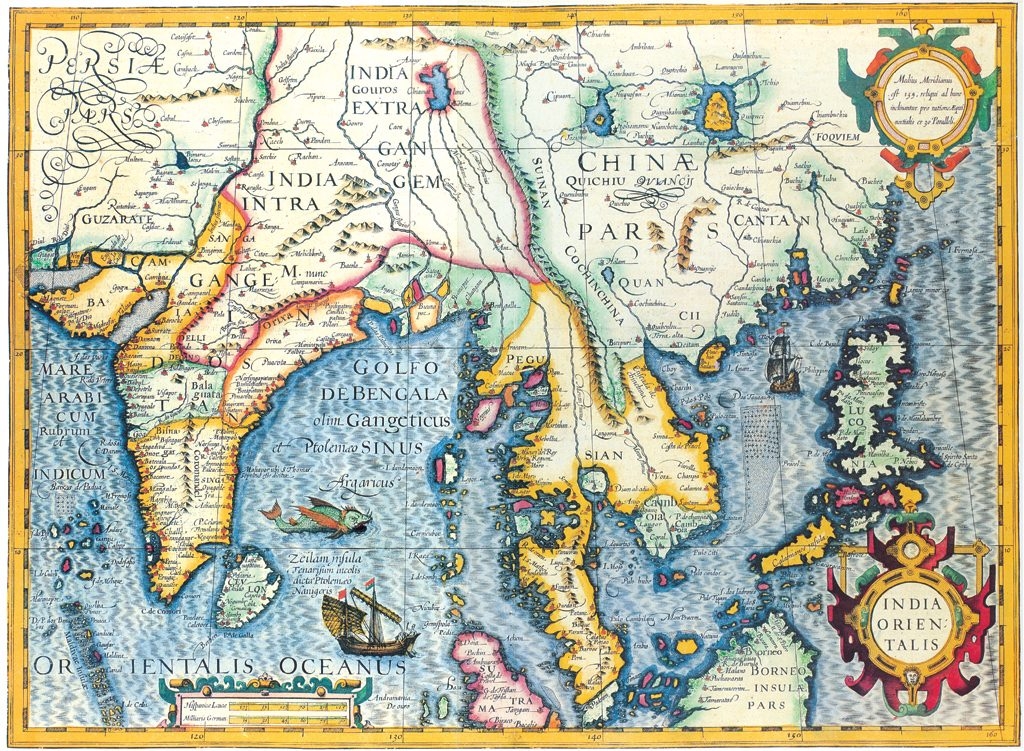 |
| The India Orientalis (East of India) was drawn by Jodocus Hondius in 1613. On this map, Hoang Sa and Truong Sa islands were connected like a blade under the name Pracel. |
A recently-published Japanese book reveals European marine navigators had acknowledged Vietnam’s sovereignty over the Paracel and Spratly archipelagoes in the East Sea (internationally referred to as the South China Sea) since the 16th century, VOV reported.
The book, released by Fushosha Publishing House, was compiled by Associate Professor Kawashima Shin, former lecturer of the Tokyo University of Foreign Studies.
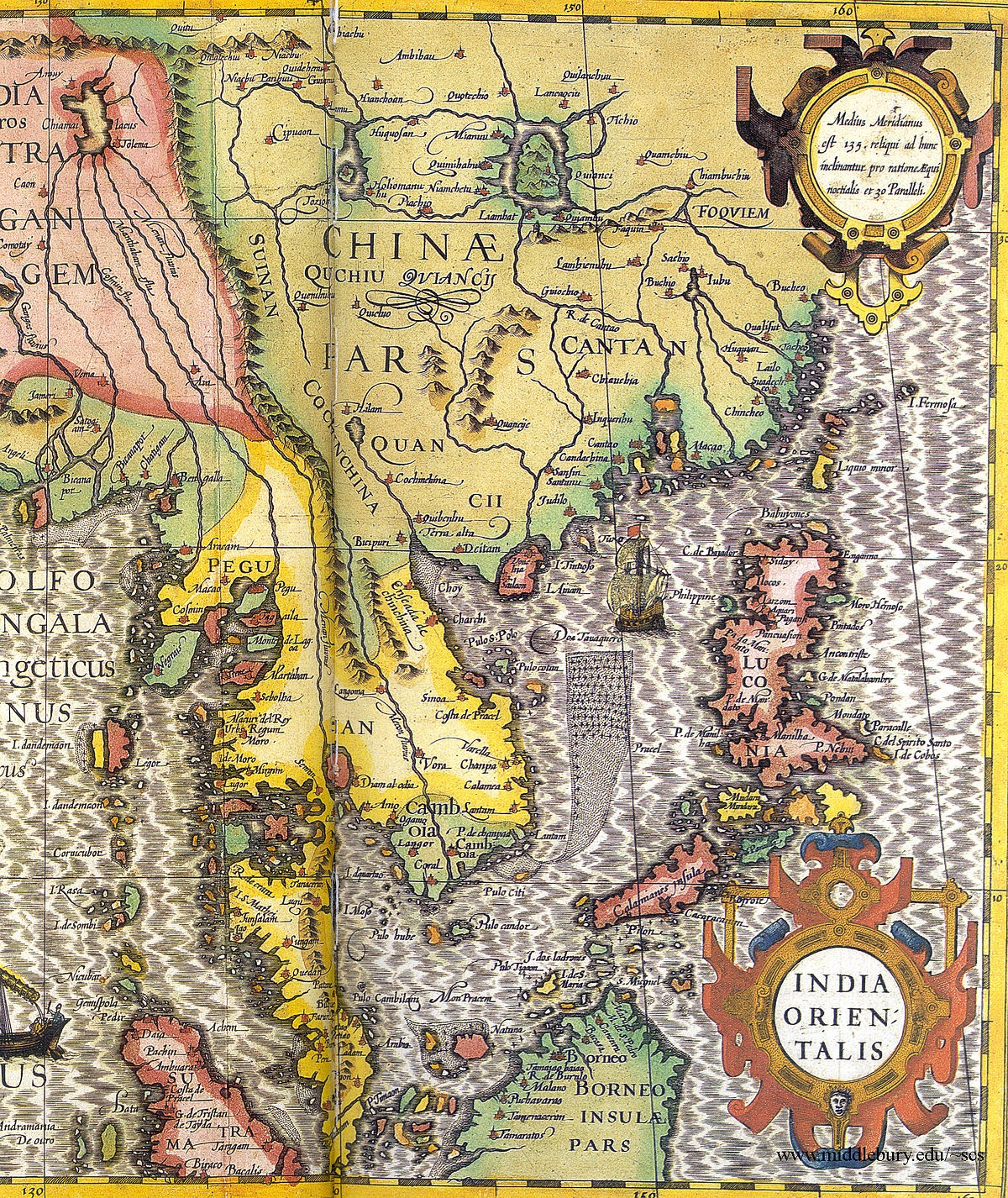 |
| In the map made by Jodocus Hondius in 1613, the Frael (Hoang Sa) archipelago includes all the islands located from the Tonkin Gulf to Vietnam’s southern sea, except for Condor (Con Dao) and Pulo Cici (Phu Quoc), which were drawn separately. |
According to the author, Dutch navigator Jodocus Hondius (1563-1612) made a map called “India Orientalis”, in which both Paracel and Spratly archipelagoes were connected like a knife and was named Pracel. In addition, the central coast of Vietnam opposite to the archipelagoes was named Costa de Pracel.
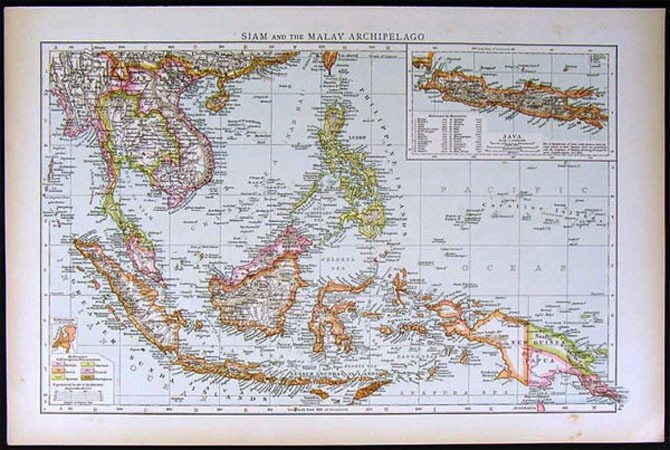 |
| The map "Siam and the Malay Archipelago" was made in 1896 |
In another map called “Siam and the Malay Archipelago" published by The Times Atlas - Printing House Square in London, England, in 1896, there was a clear distinction between Paracel islands and Spratly islands with those stretching along the central coast of Vietnam, with clearly given names.
In particular, there were islands in the Spratly archipelago using Vietnamese names such as Thi Tu and Loai Ta, which indicates that the Vietnamese people managed these islands and they were accepted by European cartographers.
With these two important historical documents, Associate Professor Kawashima asserted that China's recent sovereign claims over the Spratly and Paracel archipelagoes in the East Sea were unfounded, taking into account the fact that both the Ming and Qing dynasties of China imposed travel restrictions, banning Chinese people from sailing abroad at the time.
Other old western maps affirm Hoang Sa, Truong Sa belong to Vietnam
Carte de l'Asie (Map of Asia) was created by Homann Herrs in 1744. On this map, the Paracel Islands (including the Spratly Islands) is noted as "I. Ciampa," which stands for "Islands Ciampa”, meaning "The islands of the Kingdom of Ciampa". Ciempa or Campala are the names of the Cochin called by Western countries at that time since they believed that this kingdom was the old land of the Champa Kingdom.
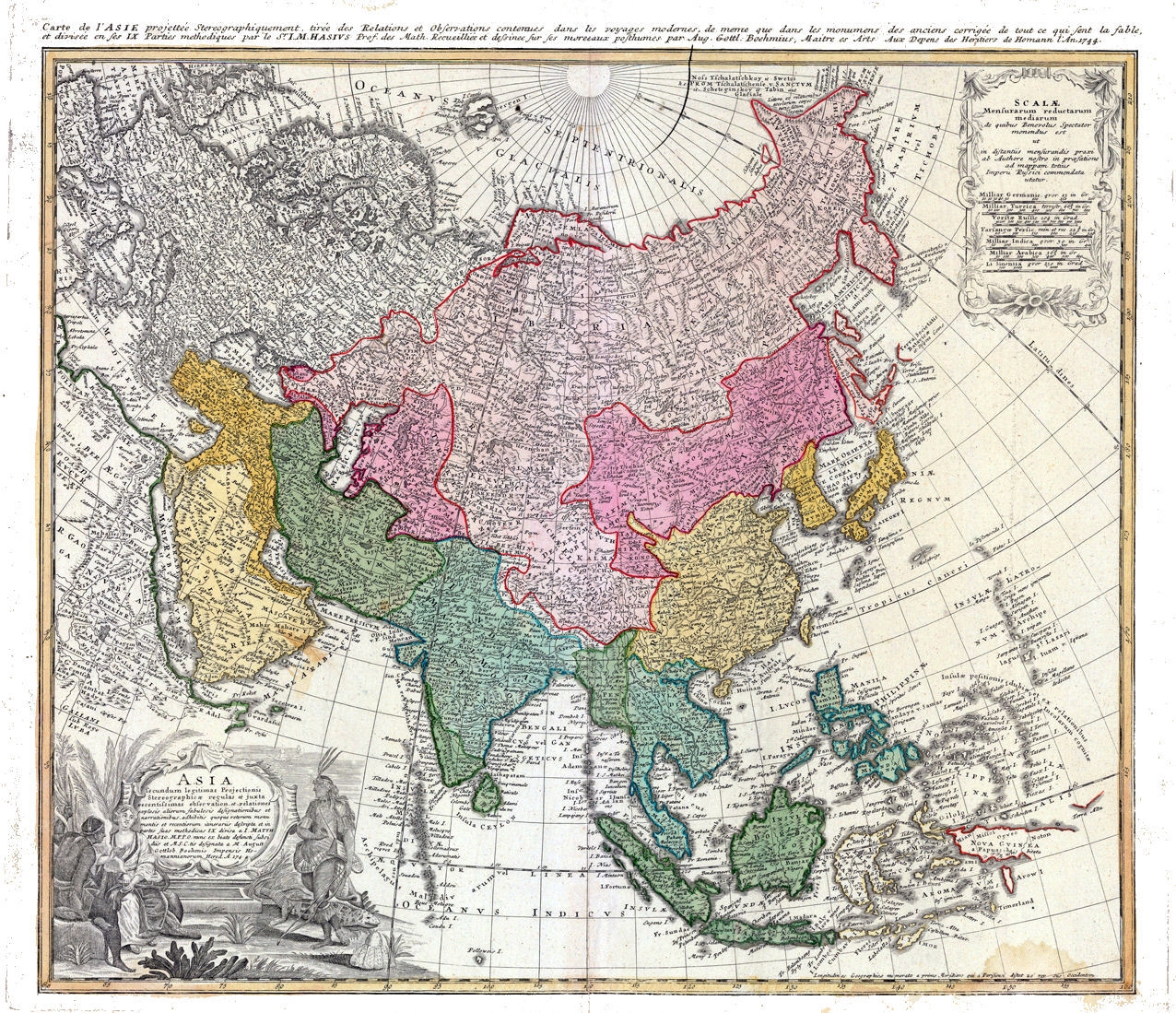 |
| Carte de l'Asie (Map of Asia) was created by Homann Herrs in 1744. |
The map of An Nam Dai quoc hoa do (The Great Annam Map), by Bishop Jean Louis Taberd in 1838 has the caption Paracel seu Cat Vang (Paracel means golden sand), which was written in Han (Chinese), Quoc Ngu (standard Vietnamese) and Latin languages. Bishop Taberd is the author of an article in The Journal of the Asiatic Society of Bengal, volume 6, second part, 1837, published in Calcutta, which confirmed "Paracels or Pracel, i.e., Hoang Sa – Con Vang, belongs to Cochinchina" – that is, to Vietnam. The original map is now kept at the Richelieu National Library in Paris, France.
That’s the implicit way that the world has recognized that the Paracel Islands truly belong to the sovereignty of Vietnam for at least the past five centuries.
The maritime sovereignty in general and sovereignty over Hoang Sa and Truong Sa archipelagos in particular is a huge and complicated issue. The documents that are systemized and published in this book are the foundation for further researches, thereby playing a part in completing legal record by administrative office and scientific research organizations in the struggle to protect and assert Vietnam’s sovereignty over Paracel and Spratly archipelagos./.
 | Japan voices concerns over China's establishment of districts on Paracel and Spratly islands Japanese Foreign Minister Toshimitsu Motegi on April 21 voiced concerns over China's establishment of districts to administer the Paracel and Spratly islands in the South China ... |
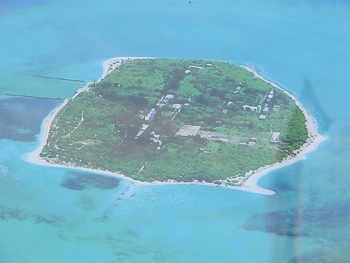 | People’s Committee of Hoang Sa condemns China’s district formations on East Sea archipelagos The People’s Committee of the Hoang Sa (Paracel) Islands District in Da Nang strongly protested China’s decision to establish the so-called “Xisha District” and “Nansha ... |
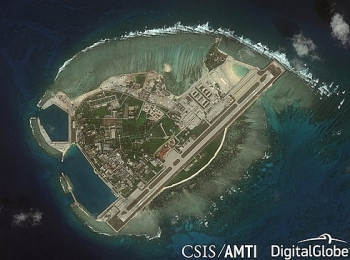 | China illegally sets up two administrative districts on Vietnam’s archipelagoes China has once again defied international law by recently establishing two administrative districts on Hoang Sa (Paracel) and Truong Sa (Spratly) – the two archipelagoes ... |
In topics
 Seas and islands
Seas and islands
Vietnam Demands China Respect The Country's Sovereignty in East Sea
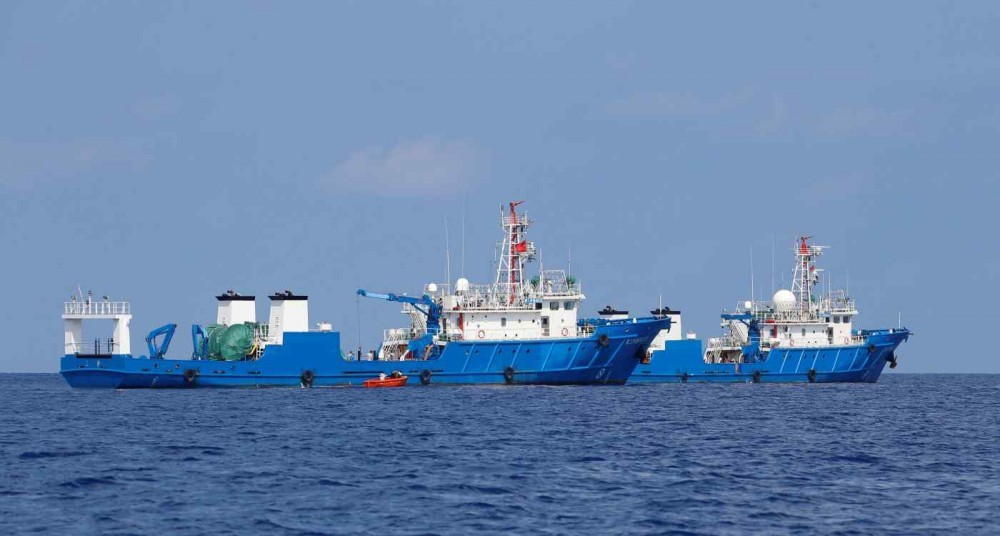 Focus
Focus
Promoting Substantive And Effective Code of Conduct in The South China Sea
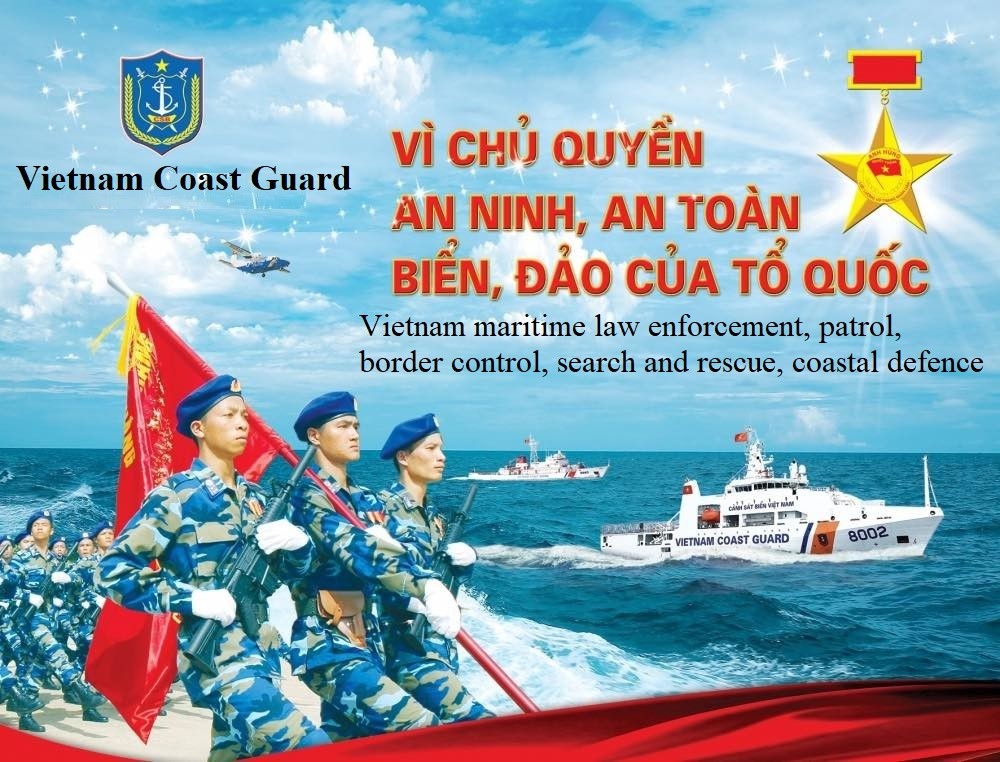 Seas and islands
Seas and islands
Vietnam's Coast Guard Creates Legal Corridor to Protect Sovereignty of Sea and Islands
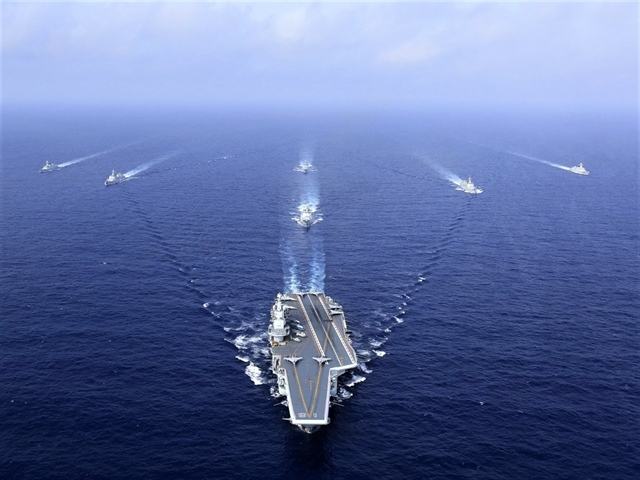 Seas and islands
Seas and islands
China announces naval drill in South China Sea (Bien Dong Sea)
Recommended
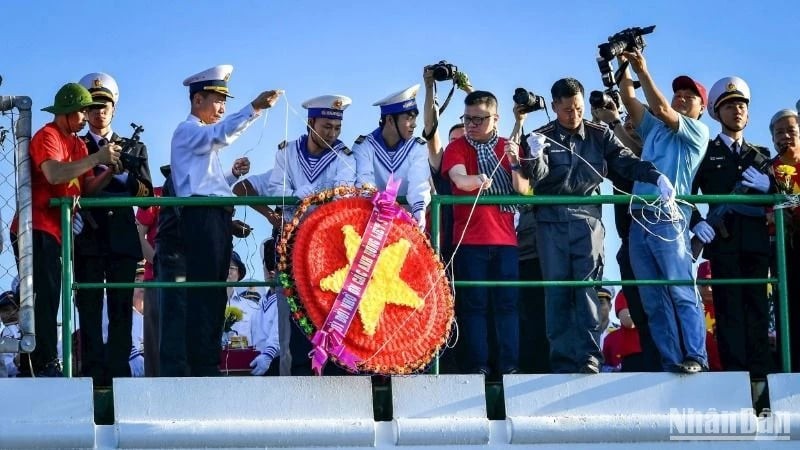 Seas and islands
Seas and islands
Spreading the Love for the Fatherland from the Sea and Islands
 Seas and islands
Seas and islands
Vietnam Endorses Common Voice on Ocean Jurisdiction
 Seas and islands
Seas and islands
Dialogue as Key to Settling Disputes and Advancing Law of the Sea
 Seas and islands
Seas and islands
RoK Navy Ship Pays Friendly Visit to Da Nang City
Popular article
 Seas and islands
Seas and islands
Naval Region 5 Promotes Reading Culture, Fosters Patriotism
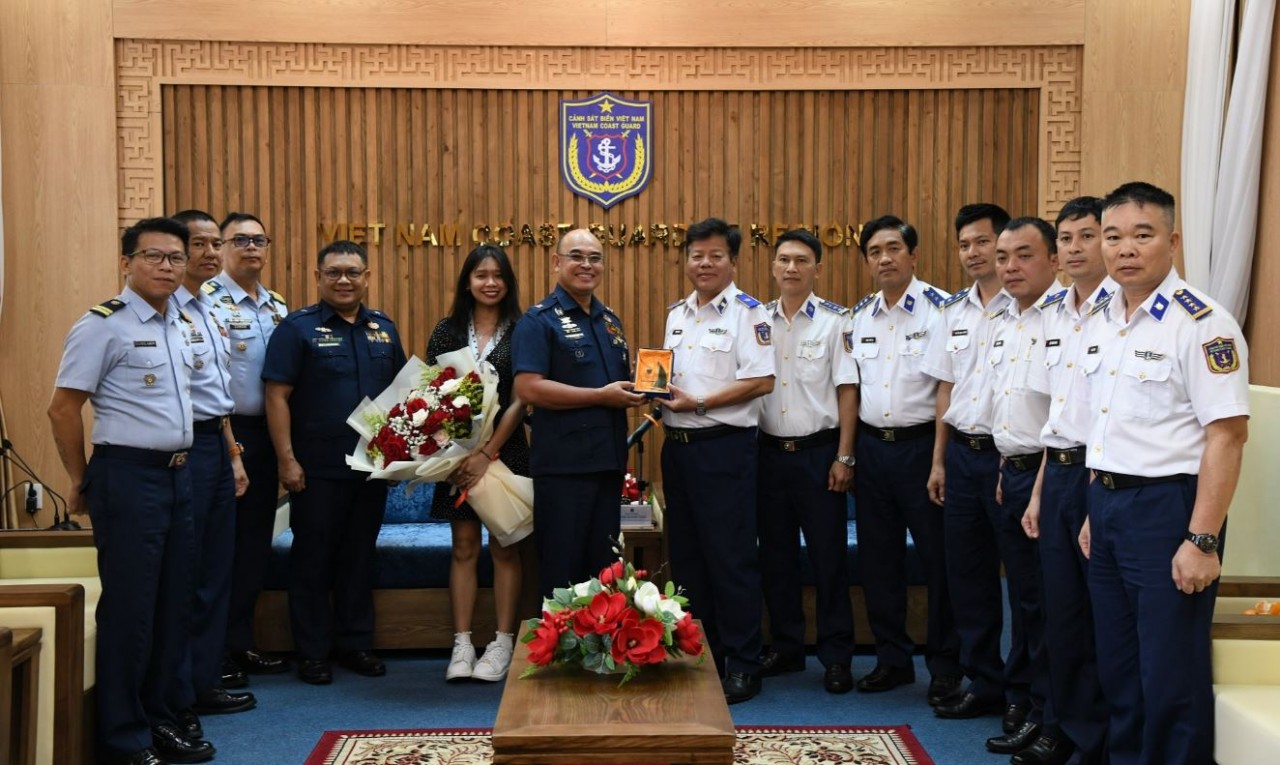 Seas and islands
Seas and islands
Coast Guard Region 2 Command Hosts Philippine Coast Counterpart
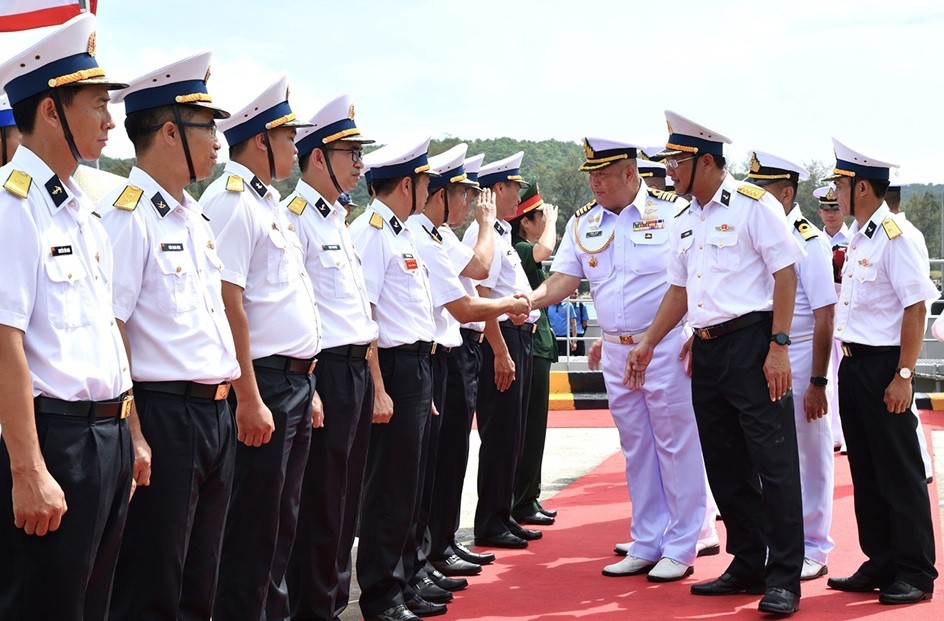 Seas and islands
Seas and islands
Vietnam - Thailand Navy: Coordination to Well Address Problems at Sea
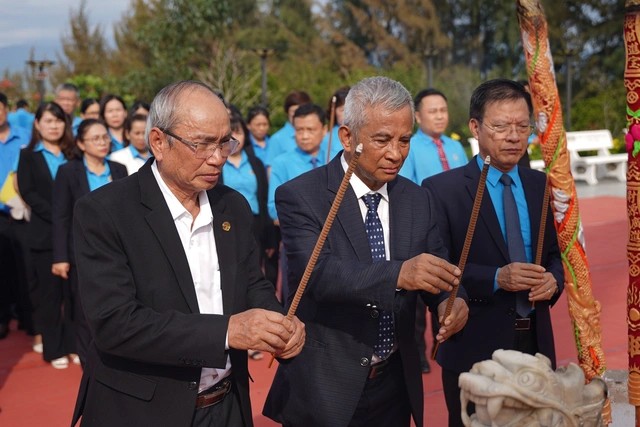 Seas and islands
Seas and islands

